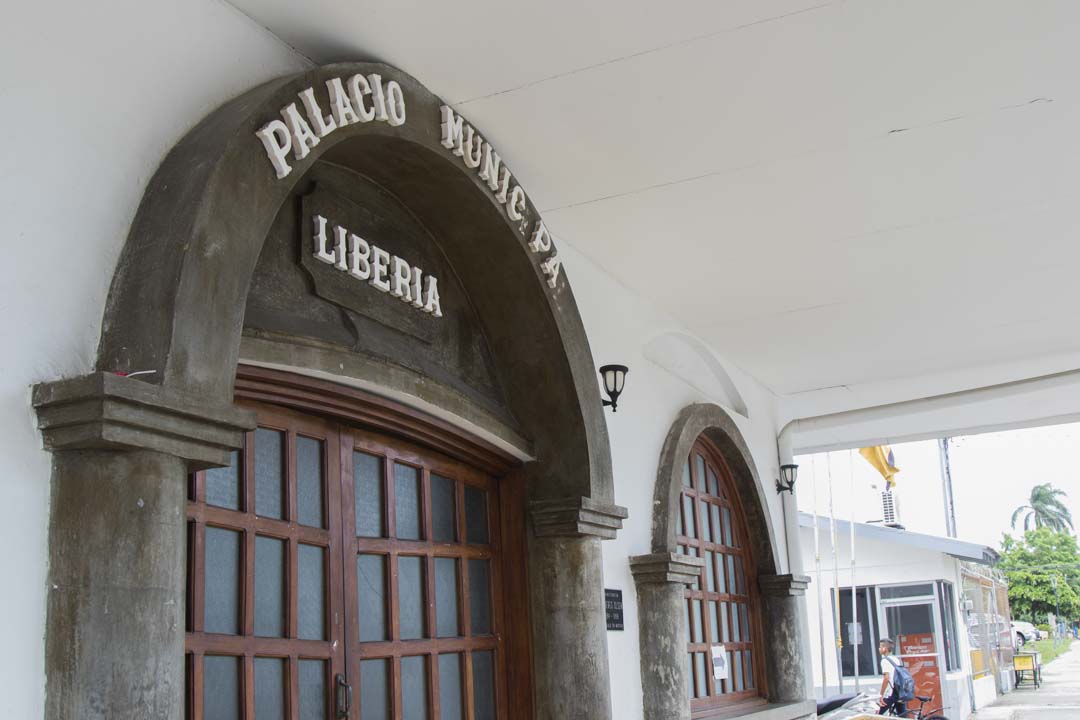
In 2018, tax delinquency in the Municipality of Liberia reached $8.27 million, 33% of the total budget for that year. With this money, all the salaries and administrative expenses of the municipality could be paid for a full year ($5.4 million). And there would be money left over.
Mayor Julio Viales alleged, during the council session on March 11, that this debt is so high that it prevents the municipality from investing in some infrastructure works that were already budgeted.
Even if there is a budget, the municipality does not have the capacity. It is a problem that we have been generating due to the non-payment of taxes, garbage, cemetery,” said the mayor when confronted by a citizen who complained because the muni has not repaired his community’s street.
On that occasion, Viales affirmed that the debt of the defaulters amounted to “more than a municipal budget,” but the data sent to this newspaper by the municipal collections department show that this amount is less than half if compared to the municipal budgets approved by the council.
In 2017, delinquency corresponded to 44%, and in 2016 it was 36%. Even so, the Comptroller General of the Republic (CGR) classifies a delinquency as “high” when it exceeds 30% of the municipal budget, and confirms that it has serious consequences for the canton since taxes are the main source of income for a municipality.
Shared Responsibility
The mayor also affirmed that Liberians who do not come to pay what they owe are to blame for that debt. The head of the Tax Administration, Luis Alonso Coronado, also said, “The problem is that people are not coming to pay. They are not giving importance to their obligations to pay taxes.”
In addition, there are inconsistencies by the municipality that are also partly at fault for the high delinquency. A report from the CGR in 2018 makes several criticisms of the databases used by the municipality to collect taxes, including “incongruent, omitted, incomplete and duplicate data.”
[This] could eventually lead to evasion of the payment of taxes due to the inability to identify delinquent taxpayers in a timely manner,” criticized the Comptroller’s Office in the report.
In fact, the risk of part of that amount becoming uncollectible is high. On the one hand, 33.6% of the debt was at risk of reaching the statute of limitations when the CGR issued the report in mid-2017, because they had not been taken to collections court. In fact, according to the CGR, about 30% of the debt that taxpayers owed to the municipality in 2017 had been dragging on for more than six years.
On the other hand, according to the coordinator, many of the permits that have been accumulating debts with the muni are business that closed and never informed the muni that they no longer needed the operating permit.
He also explained that the taxes for use of the cemetery are difficult to collect because they “inherited” administration from the Social Protection Board (JPS in Spanish) in 1986 and, since then, the municipality does not know who owns many of the plots.
Coronado acknowledged that the database is out of date and said that they are working on it. “If we have a good database, it allows us to manage collection better,” he said. “In June of 2017, we started using a new system that allows us to know how much is recoverable and how much is not. That is allowing us to organize the situation,” he added.




Comments